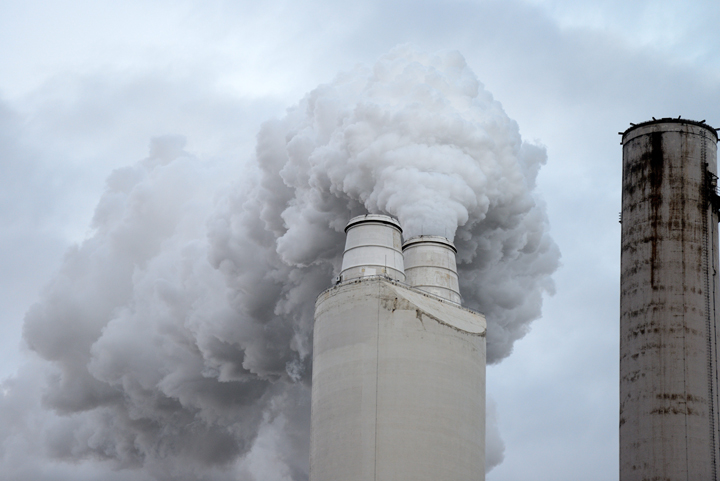REGINA – Saskatchewan has new ambient air quality standards. The updated standards, which now align with new national objectives for fine particulate matter (PM 2.5) and ozone, came into effect on June 1.

“In Saskatchewan, we have clean air and we want to keep it that way,” said Environment Minister Herb Cox. “Our government’s new standards have been developed to better protect human health and our environment.”
In 2013, the Canadian Council of Ministers of the Environment (CCME) agreed to implement an air quality management system. The new system includes emission requirements for major emitters and increased air zone monitoring and reporting requirements.
Officials with the Ministry of Environment said air monitoring efforts have increased across the province over the past several years. There are now 18 continuous air monitoring stations operated by the ministry and local air zones measuring regional air quality levels and providing the air quality index online for the public.
READ MORE: Second air management zone in Saskatchewan receives grant

Get daily National news
The air zones include stakeholders from government, industry and non-government organizations, who work together to address local and regional air quality issues.
“Additional monitoring will help the province and its industries grow in a responsible manner,” said Kevin McCullum, chief engineer at the Ministry of Environment.
“Individuals can take an active part to reduce air pollution by using public transit, walking, cycling or turning off electronics when not in use.”
- Donald Trump claims B.C.’s ‘very large faucet’ could help California’s water woes
- Canada must speed up progress to hit its 2030 emissions target: report
- U.S. TikTok ban case pits free speech vs. national security. Which will win?
- A final, tragic text from doomed Titan sub revealed at Coast Guard hearing
Industry will be required to submit an environmental project plan (EPP) to the ministry, which will identify how they intend to meet the ambient air quality standards, and will have specific sampling monitors in place that are part of their licence to operate.
They will be required to provide reports of their results and the ministry can conduct audits to ensure compliance with the standards.
Higher levels may result in increased management actions.
Any person or industry creating an adverse effect on the environment could be issued an order under the Environmental Management and Protection Act.
Canadian Environment Week takes place May 31 to June 6 this year. Environment Week provides an opportunity to discover simple actions you can take to protect the environment throughout the year.
Dave Giles contributed to this story






Comments